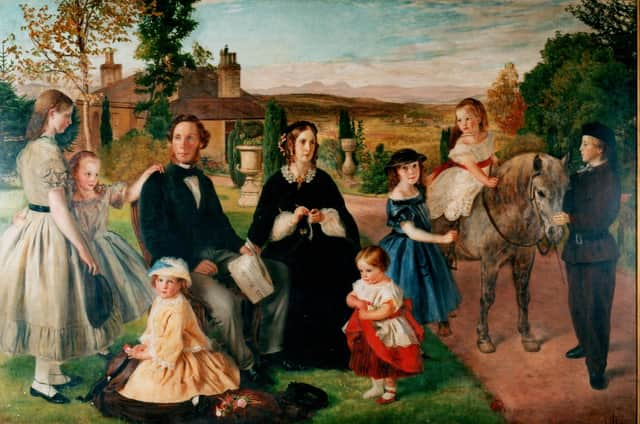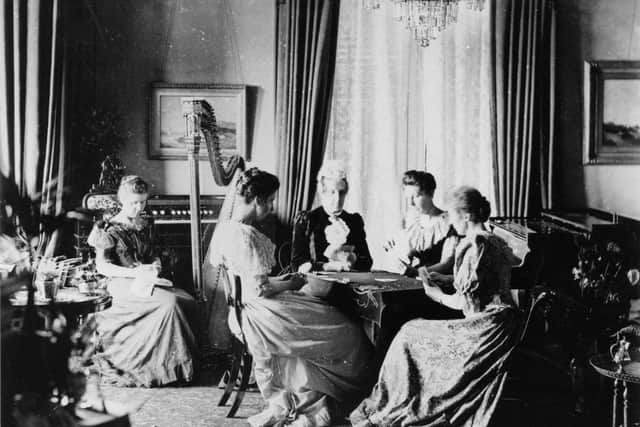Looking back with Ian Scott on the life of John Wilson of South Bantaskine


One of the most significant was John Wilson of South Bantaskine who lived in considerable style on the estate where today there are few signs of the great house that stood here until the 1960s.
John Wilson’s father Robert owned successful coal pits in Banton near Kilsyth and in 1828 decided to extend his empire. He was attracted to South Bantaskine not only by the rich coal seams but because his family had taken part on the Jacobite side in the 1746 battle fought over the same land. The ironworks at Carron were hungry for vast quantities of coal and there were real opportunities to earn a fortune in a short time.
Advertisement
Hide AdAdvertisement
Hide AdWhen Robert died in 1836, John then aged 21 took over and set about developing the business and landscaping the estate. In 1848 he further enhanced his influence by marrying Mary Russel, daughter of the mighty James Russel of Arnotdale, Falkirk’s leading lawyer and man of business. It was a long and happy marriage and in a diary entry John Wilson tells us “Prudence prevents me expressing more than the fact, in reference to my bosom friend, that God by these espousals hath blessed us with a happy home”. It was certainly a busy place because within a relatively few years the couple had produced eight daughters and a son and the original house was far too small to hold them. The result was South Bantaskine House which was completed around 1860. Ever conscious of the Jacobite connections John Wilson commissioned Ballantines of Edinburgh to produce the famous stained glass windows which are now in the Howgate centre.


Like most men in his social position he was an active churchman and closely involved with the West Church on the Tanners’ Brae. By all accounts he was more concerned for the welfare of his colliers than many coal owners of the period though that wouldn’t have been too hard. He was a close friend of Dr Robert Moffat the famous African missionary and father-in-law of David Livingstone. Moffat had lived in Carronshore for some years and had never forgotten his Falkirk roots. He stayed at South Bantaskine on many occasions.
Back in 1846 John Wilson decided to invest in Falkirk and the result was Wilson’s Buildings opposite the steeple. Until recently it housed the Anne Summers shop - I wonder what the grave Victorian kirkman would have made of that!
John Wilson was crushed by the early death of his only son from tuberculosis aged just 22 but his surviving girls – “my forty foot of daughters” he called them – were able to carry on with the business when their father himself died in 1881. Bessie, Nell and Georgina never married and lived on in the house for many years and were involved in a whole variety of different good works in the Falkirk area. During the war the house was used by Polish officers but it didn’t survive the nationalization of the coal mines in 1947. It lay empty for years before the National Coal Board brought in the bulldozers.
Today only the walled garden with its modern allotments survive along with a bridge and odd fragments that link back to the mining days. A familiar sad end to an important part of Falkirk’s story.